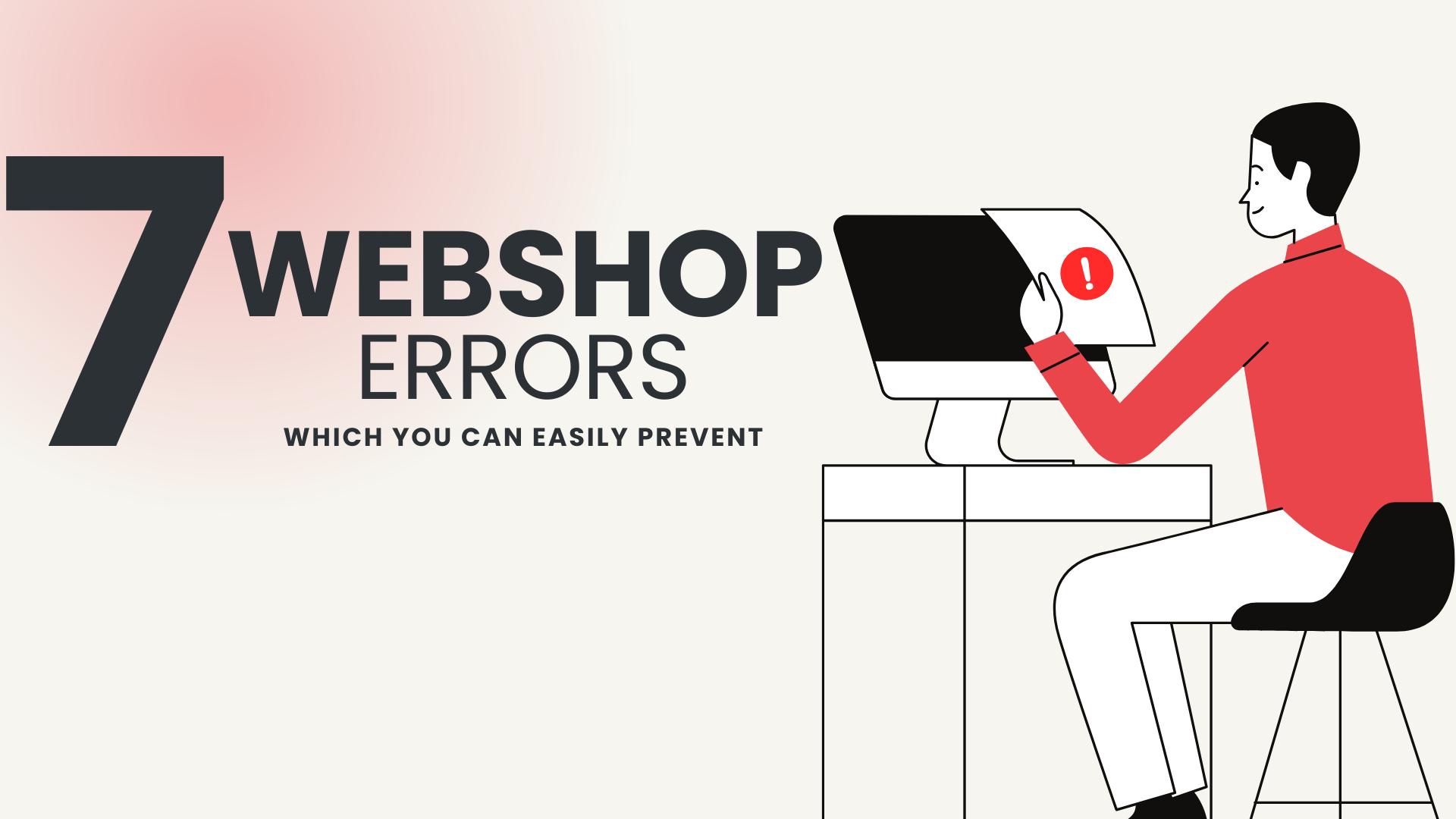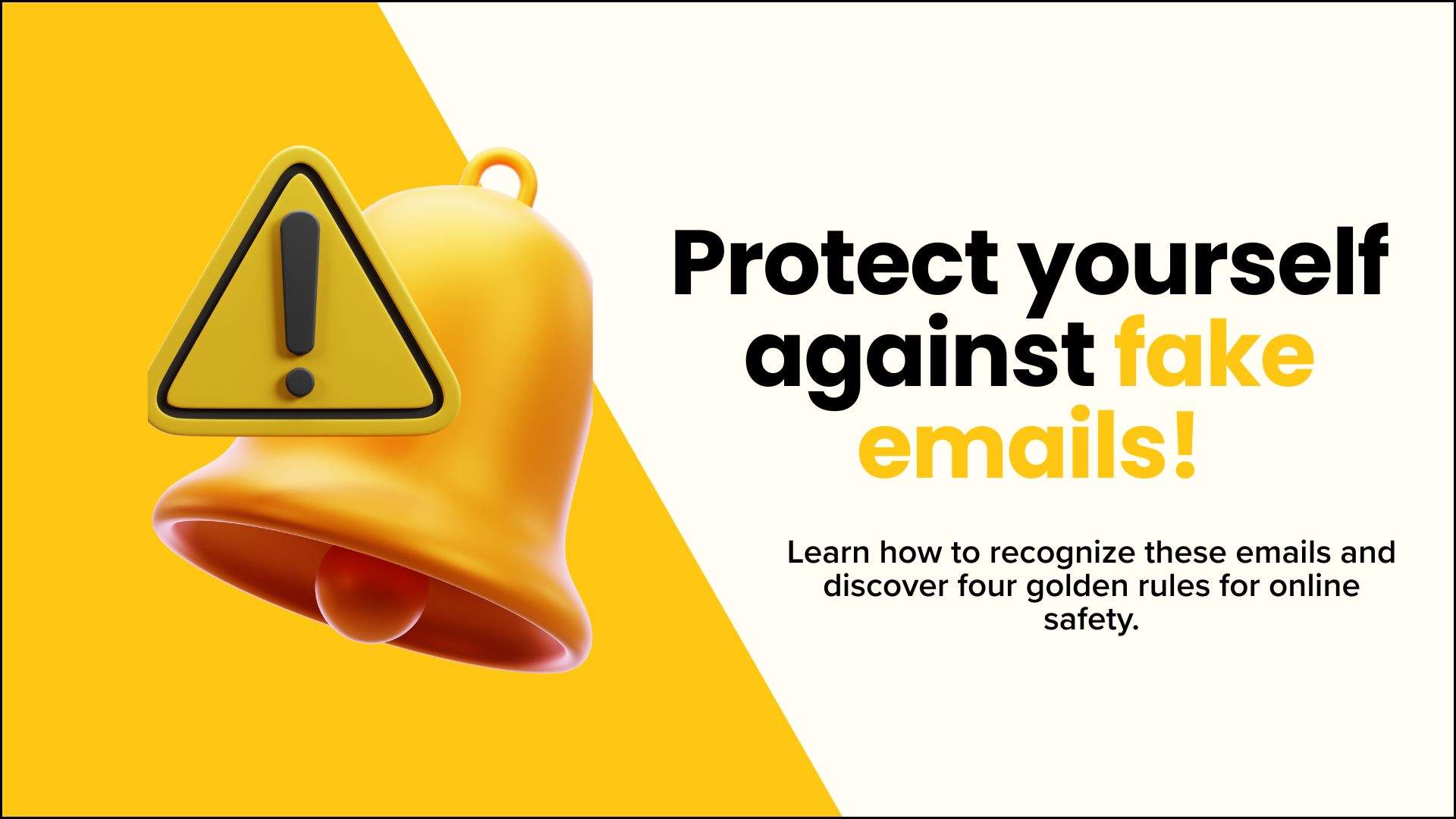Every year, numerous new online shops are launched, but unfortunately, not all of them are successful. This is often due to common mistakes that can easily be avoided with the right knowledge. Whether you are just starting out with your online shop or have been around for a while and want to improve your results, these insights will help you on your way to a successful online business.
In this blog, you will learn about the seven most common online shop mistakes and, of course, we will also tell you how to avoid them!
1. Outdated or incorrect content
This is a classic: online shops with outdated information. Think of promotions that have long since expired, outdated holiday notifications or public holidays that have already passed. This comes across as extremely unprofessional and can scare off potential customers.
Imagine walking into a physical shop where the Christmas decorations are still up in March; that doesn’t make a good impression. Online, this is just as important. Customers expect up-to-date and relevant information.
- Solution: Make it a habit to regularly check all your pages, not just your home page. Ensure that content is up-to-date and disable temporary notifications as soon as they are no longer relevant.
2. A confusing menu
An overcrowded menu with too many categories can confuse visitors and cause them to get lost on your website. When a customer cannot quickly find what they are looking for, there is a good chance that they will abandon their search and go to a competitor. Think from the customer’s perspective: what are they looking for?
- Solution: Limit your menu to only the most important pages. Create submenus to go into more detail on certain pages. Have your menu tested by family and friends to see if they can easily find their way around!
3. Lack of high-quality product photos
Online shopping is all about visual presentation; you have to appeal to the eye! Consumers cannot hold products in their hands, feel them, or experience the atmosphere of a physical shop. Good product photos are therefore crucial.
- Solution: Invest in clear product photos. Provide multiple angles of your product, detailed photos and atmospheric images showing the product in use. Ensure consistency in your images so that your product page forms a coherent whole.
4. No clear niche
When you try to sell everything to everyone, you often end up selling nothing to anyone. The online market is saturated, and you stand out by specializing. A broad focus leads to a lot of competition and makes it difficult to formulate a clear marketing message. A niche allows you to focus on a specific, smaller group with specific needs.
- Solution: Choose a niche. Focus on a specific target group or product group. This reduces competition and makes your marketing more targeted and effective. It helps you build a loyal customer base. So think about what makes you unique and where your expertise lies.
5. Incorrect VAT handling and administration
VAT handling can be particularly complex in international sales. Errors in this area can lead to problems with the tax authorities. Accurate administration is not only a legal obligation, but also essential for a smoothly running online business.
- Solution: Ensure that your VAT settings are correct. For business customers abroad, VAT is often reversed (intra-Community supply). Therefore, always check your customer’s VAT number.
6. Missing company information and terms and conditions
Consumers want to know who they are doing business with. Transparency builds trust and is required by law. The absence of essential contact and company information can lead to suspicion among your visitors. Customers want to know that they are buying from a legitimate company that they can contact if they have questions or problems.
- Solution: Clearly state your company name, company registration number, address, VAT number, telephone number and email address on your website. Preferably on a separate contact page and in your footer. Also be clear about which payment and shipping methods you offer. Don’t forget to draw up your terms and conditions, privacy policy and cookie policy.
7. Forgetting to communicate the return policy
The right of withdrawal is an important right for online buyers and a legal obligation for webshop owners. A clear return policy creates trust and can lower the threshold for purchasing.
- Solution: Clearly state how long the cooling-off period is (usually 14 days after receipt of the product) and how customers can make use of it. Communicate clearly about the costs of returning the product, the procedure, and the refund period.





Very informative, thank you.